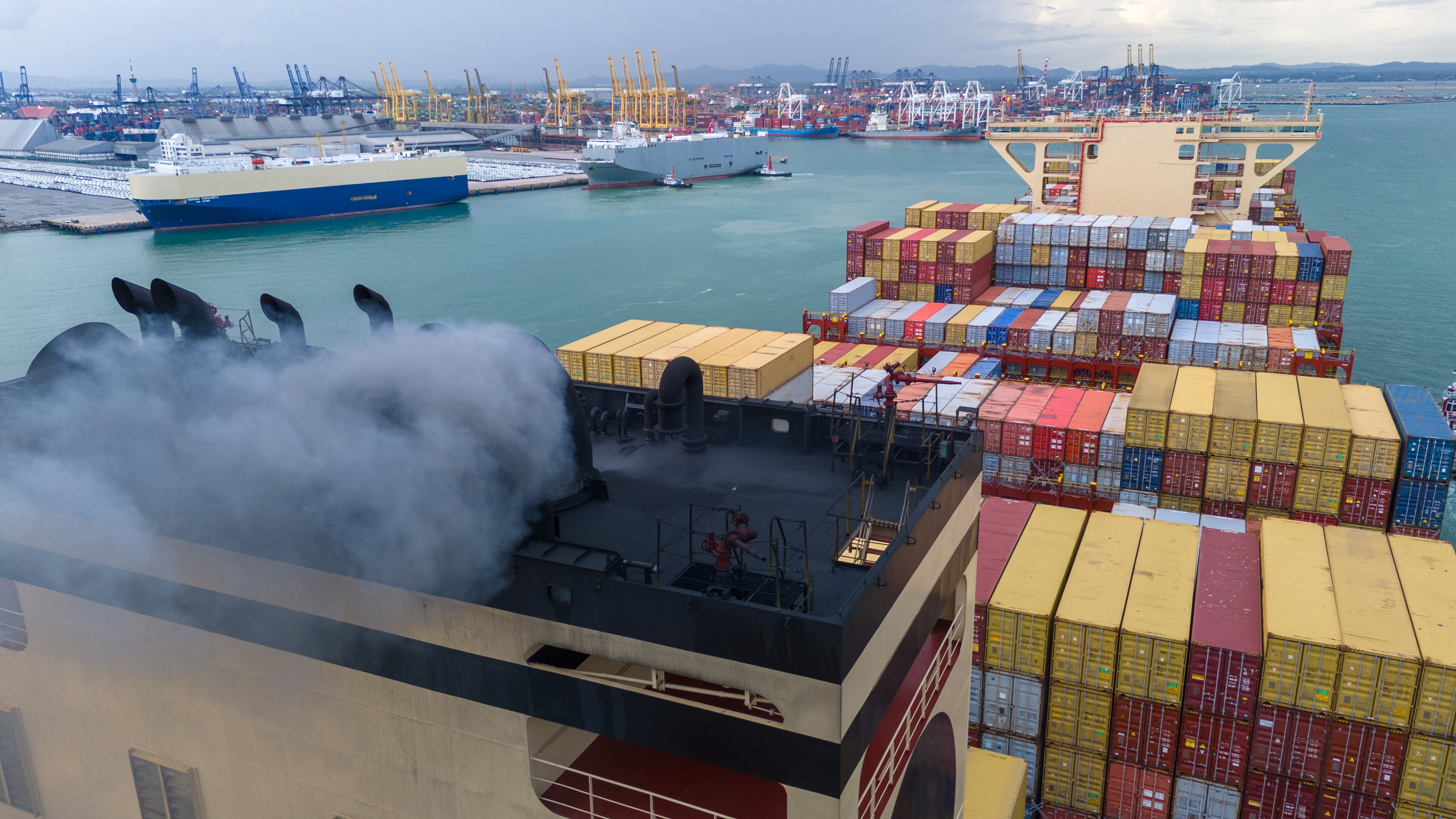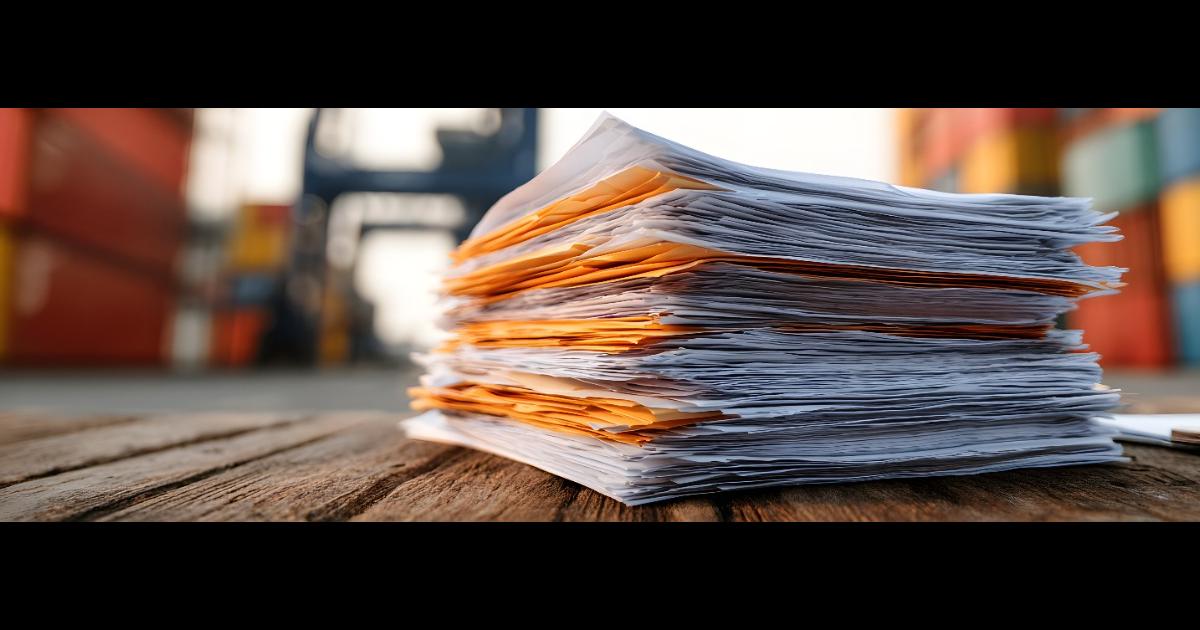
The logistics of dangerous goods come with a range of complications, regulations, and unique requirements. Dangerous goods are often defined as articles or substances capable of posing health, safety, property, or environmental risks if not properly controlled. Dangerous goods could be solids, liquids, gases, chemicals, mixtures of substances, manufactured products with hazardous effects anything from minimal odors or contamination to causing fatalities. They are also classified by their nature such as flammable, inflammable, poisonous, explosive, etc, and each needs to be handled in the safest possible way according to their category.
For your freight forwarder to handle and ship your goods safely, you must ensure you always fully divulge the nature of the items. The freight company will advise if they can indeed ship those specific items for you, and if so, every effort will be made to ensure a safe shipment for all parties involved ending with your shipment being delivered. Below we have listed five top tips to help send your dangerous goods.
1. Know What Hazard Your Goods Fall Under and Disclose
There are so many seemingly benign items that can cause harm - nail polish, paint, and perfumes are a few listed dangerous goods. Harmful effects of these goods include acidic and caustic burns, flammable or toxic fumes, and corrosives while others can be explosive when exposed to heat. Senders and their freight companies must be fully aware of the facts about the product being sent.
2. Be Sure to Follow Dangerous Goods Regulations
Dangerous goods transportation is highly regulated as it can cost human lives in the worst cases of things going wrong. As a result, there are heavy restrictions and regulations for each process involved in their transportation, and these can vary greatly from country to country. Your experienced freight forwarder will be able to advise you of these varied regulations in detail once they are aware of your goods' country of origin and arrival. While at sea, dangerous goods transportation is governed by the International Maritime Dangerous Goods Code, which are internationally accepted regulations for safe transportation and designed to protect a ship’s crew, prevent marine pollution, and ensure safe transport.
3. Check Paperwork Requirements and Submit Correctly
A critical aspect of freighting dangerous goods is the related documentation. Depending on the nature of the goods, country of origin and delivery, and transportation method, it's vital to have every paperwork requirement completed. This can be tricky and often requires the help of your customs agent or freight forwarder.
There are varied classes your items might be listed under, and each of them has its own separation and handling conditions with the details conveyed by the proper documentation to those along the supply chain.
4. Ensure Your Dangerous Goods Are Suitably Packaged
Packaging is a vital component of shipping dangerous goods and may vary depending on your goods. some may require cartons or drums, cardboard, plastic, or metal. Certain cargo
may be affected by moisture, condensation, heat, and air so it's important that the container is fit for purpose. It is critical that the only labels visible on the outer packaging are the current shipping and warning labels.
5. Work With a Reputable Shipping Company Who Train All Staff
Another factor that influences safe shipping of dangerous goods is the company you choose as your freight forwarder. Everyone throughout the shipment chain, from those who book your shipment, sign for it, that handle the cargo, pack, and unpack, and everyone else in between is trained and qualified to handle dangerous goods. The company and employees need to be aware of all cargo and port regulations including the involved processes and documentation to ship unusual and hazardous cargo.
Would You Like Further Advice on Shipping Dangerous Goods?
Dangerous goods are not shipped by every company and those that do whip them, comply with the strict regulations surrounding them. Rules need to be followed, and planning is required for sending. It's best to have an experienced freight forwarding partner onboard or a specialist who can guide the process from packing to documentation to delivery.
At Powercargo we offer service options suited to your needs to help you through the complexities of dangerous goods obligations. For more information on how we can help, call our team on +1 999 9856 6235 or email info@powercargo.co.uk.


